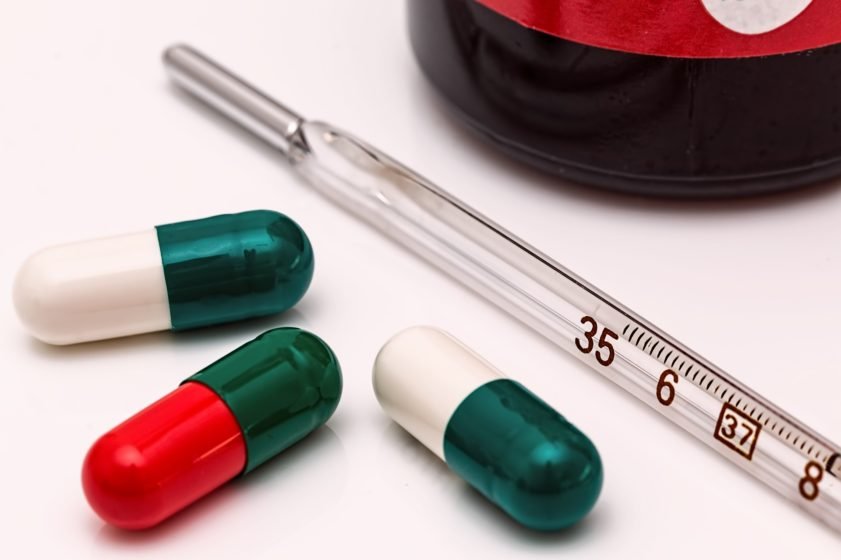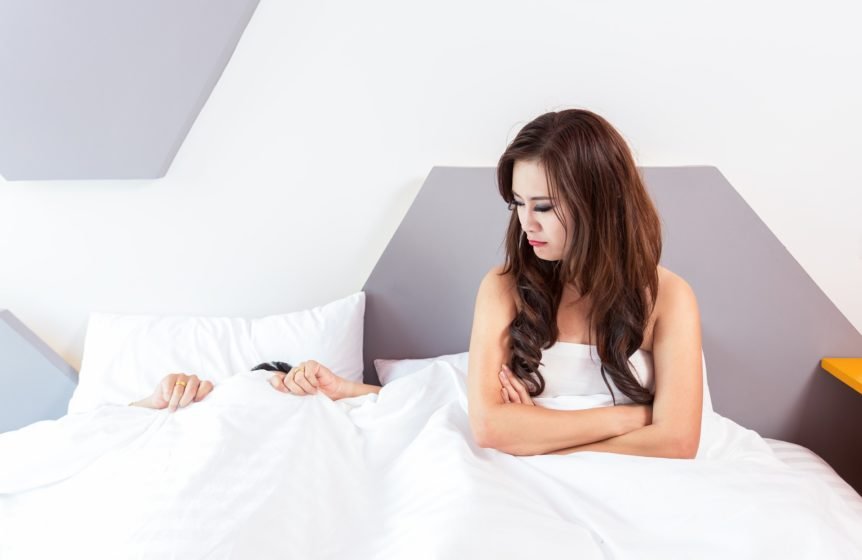A vaginal yeast infection can be an awful experience, to say the least. It’s caused by candida, which is a fungus that lives naturally in the vagina. It’s the overgrowth of this fungus that triggers many of the common yeast infection symptoms. These symptoms include irritation, inflammation, itching, pain, and yeast infection discharge. Some women may experience pain while urinating during a yeast infection as well as discomfort during sexual intercourse.
Most women, roughly 75%, will experience a yeast infection sometime during their lifetime.
And these women, plagued with often unbearable symptoms, might have such questions as ‘how long does a yeast infection last?’ With treatment, a yeast infection will typically last one to seven days.
But a better question, perhaps, might be ‘what causes yeast infections in the first place?’
By recognizing yeast infection symptoms and understanding common yeast infection causes, women can be better prepared to handle them when one arises.
Below are 7 common yeast infection causes:
1. Antibiotics

One of the common yeast infection causes is antibiotics. Antibiotics kill off lactobacillus, or good bacteria, in the vagina. Lactobacillus is what keeps the growth of candida in check, so when something kills it off, there’s nothing to keep the candida at bay.
Creams and pills can help correct this imbalance, but there are also some home remedies you might try, such as ingesting garlic or using tea tree oil cream.
2. Pregnancy

Hormonal changes can throw your system out of whack, and it’s no secret that hormones often go haywire during pregnancy. During pregnancy, physicians recommend vaginal creams and suppositories only. Left untreated, a vaginal yeast infection can pass to your baby’s mouth during delivery, resulting in a condition known as thrush.
Not all are safe during pregnancy, so consult your physician before you start a treatment.
3. Too Much Sugar

“Eating foods that are very high in sugar has been associated with yeast infections. This type of diet may be especially risky for someone with diabetes,” says Wiyatta Freeman, MD, a gynecologist at Baylor Medical Center in Irving, Texas.
Furthermore, a poor diet increases risk of obesity, and subsequently, yeast infections. “People who are overweight may have more areas of warmth and moisture in skin folds that contribute to yeast infection,” says Freeman.
As often as you can, opt for healthier foods to help your body better fight vaginal yeast infections.
4. Hormonal Imbalance Near Your Period
Many women find that a yeast infection will crop up just before their period, however some will also arise during menstruation. This happens due to fluctuating hormone levels throughout the menstrual cycle. Estrogen levels drop right before menstrual bleeding starts.
Be sure to switch out feminine products frequently during your period to help keep promote a healthy atmosphere.
5. Stress
Stress compromises your immune system. And a weakened immune system makes it more difficult for your body to keep candida in check.
You can prevent stress-induced yeast infections by finding healthy ways to manage your stress levels. Try meditation, yoga, or going on walks.
6. Lack of Sleep

Missing a night or two of good sleep won’t likely lead to an immediate yeast infection. However, continuous lack of sleep can lead to an adrenal fatigue, which can lead to insomnia. Insomnia can lead to reduced immune function, and a reduced immune function can make you more susceptible to a yeast infection.
Be sure to do all you can to get a full night’s rest every night. If you suffer from insomnia, speak to your physician or try some home remedies.
7. Diabetes
If a woman’s diabetes isn’t well-controlled, particularly type two, then she is more at risk for developing yeast infections, due to the extra sugar in her body.
“Some women, especially those with poorly controlled diabetes, have some compromise in their ability to fight off any infection, explains Dr. Daniel Einhonr, medical director of the Scripps Whittier Diabetes Institute in San Diego. Unfortunately, this means that for women with diabetes, getting rid of yeast infection symptoms may not be that easy.
The treatment for a yeast infection for women with diabetes is the same for those who do not have diabetes. It just may take longer to work.
In addition to the remedies listed, there are preventative measures you can use against vaginal yeast infections.
Eat yogurt that contains probiotics, wash your underwear in hot water, and wear natural fibers such as cotton, linen or silk. Furthermore, if you are prone to yeast infections, avoid sitting in hot tubs or baths, don’t use scented tampons or pads, avoid douching, and try to avoid tight clothing items, such as leggings or pantyhose.